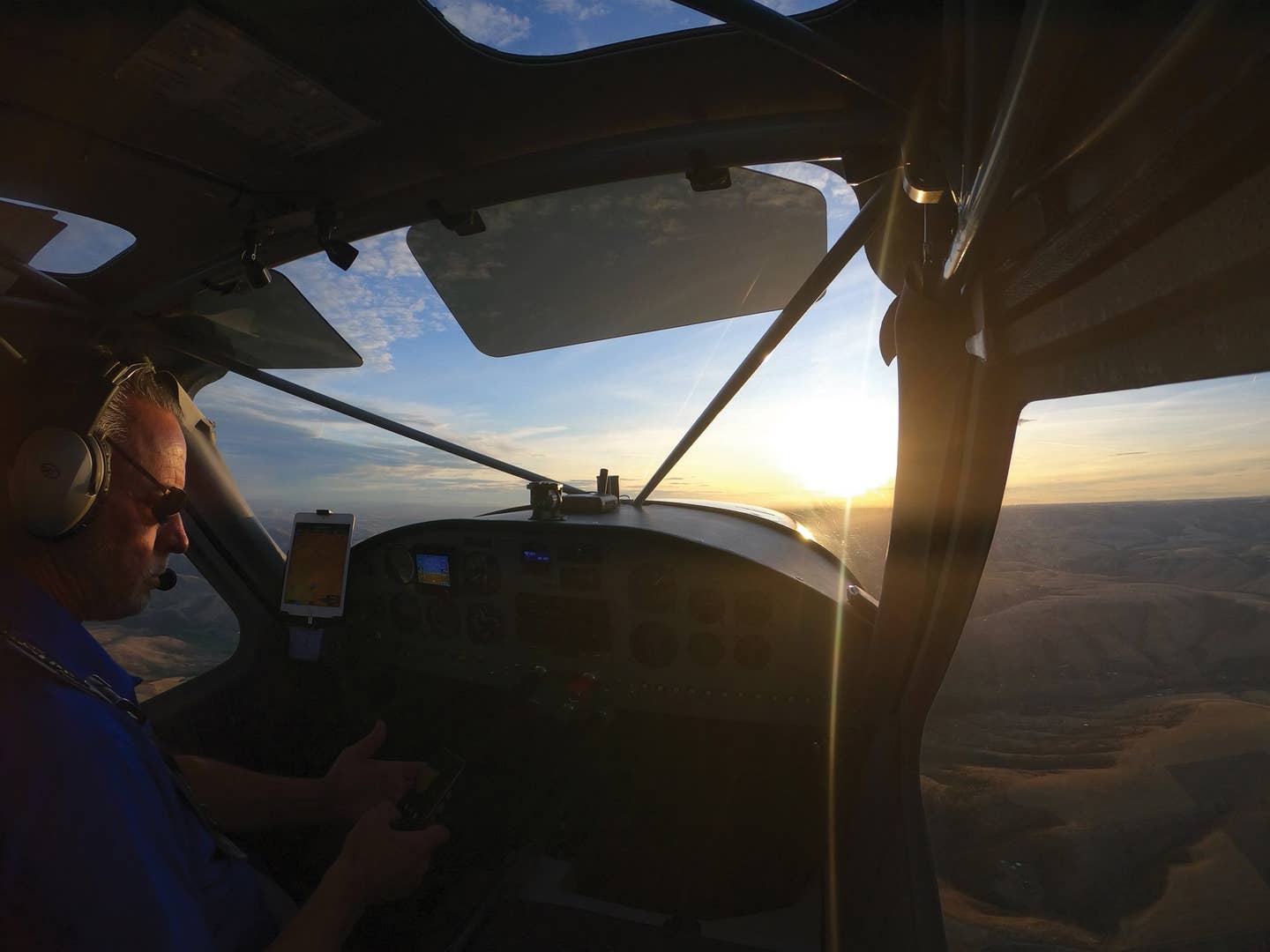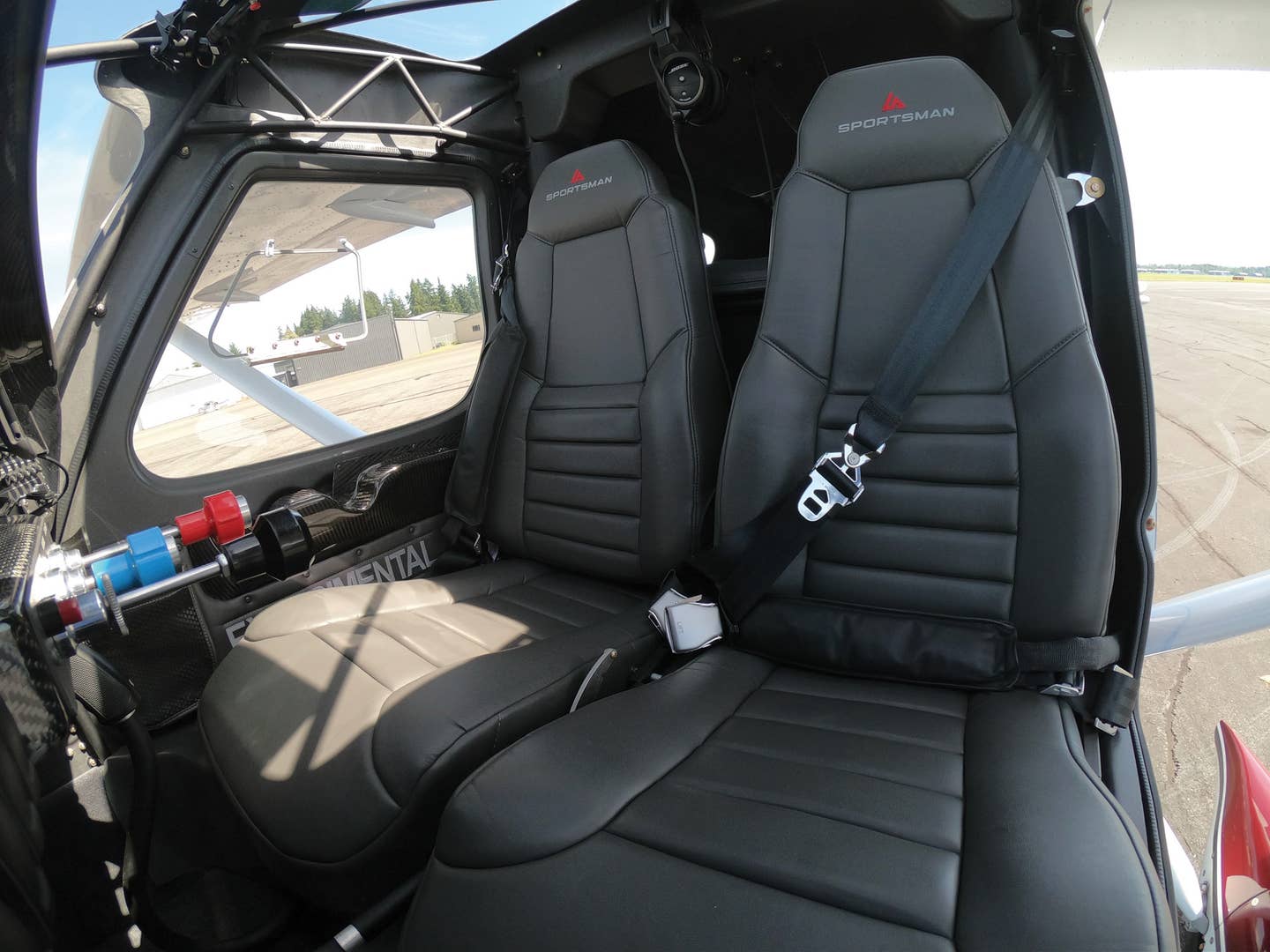Airspeed & Vertical Speed
Remember pilots, the term ‘energy management’ is really only an unnecessary complication.

Every now and again, the concept of “energy management” comes up. But is that something a pilot would actually think about in flight? Does this concept allow the pilot to fly more precisely or more safely? To make better decisions? Does energy management even make sense all by itself, or does any discussion quickly devolve into one of airspeed and altitude?
While this theoretical abstraction is correct, relevant superfluously obfuscatory expositions inhibit comprehension. Chapter 4 of the FAA Airplane Flying Handbook is the poster child for this kind of pilot-abusing declamation. Few will read it, fewer still understand it, and none will actually use it in flight.
So what do we do with energy management? Even better, can we just use the underlying ideas and ignore this abstract term? Can we simplify life by only talking about things that are actually displayed in the cockpit?
A quick aside: There’s a long-standing debate as to whether the wheel/stick controls altitude (really, altitude rate, e.g., vertical speed), and the throttle controls speed, or vice versa. In this discussion, it doesn’t matter what inputs the pilot uses to control the plane. All that matters is the airspeed and how fast the plane is climbing or descending.
Back to energy management. To help understand what’s going on, let’s use cars and hills as models. After all, planes and cars both change speed, climb (go uphill, with the pilot specifying the steepness of the hill), and descend (go downhill).
The simplest case is a car going along a level highway at some fixed speed. Push down more on the gas pedal (throttle in an airplane), go faster. Let off on the gas, go slower. No problem. We all understand that. No energy management required.
Leave the power alone and gain speed, or reduce [it] to keep the speed the same.
If there’s a hill to climb, there are two options: Leave the throttle alone, and the car (airplane) will climb the hill but slow down and stabilize at a slower speed going up the hill. The other option is to give the car (airplane) more gas (throttle) and maintain the same speed going uphill.
If the hill is shallow (slow rate of climb), the speed loss will be minimal, or alternatively, it won’t take much extra power to maintain speed. If the hill is steep, there will be more speed loss, or alternatively, it will require more power. Again, no energy management required.
Going downhill is much the same. Leave the power alone and gain speed, or reduce power to keep the speed the same.
This being the real world, there are limits. In an economy-size Nissan Versa charging along the highway at full speed, any hill will slow it down. On the other hand, a late model Corvette cruising at the speed limit will have plenty of power to maintain speed going up just about any hill.
It’s much the same in an airplane. If the plane is flying level at less than full power, that available extra power can be used for more speed or to climb. That climb rate is also called vertical speed. If the plane is already flying level at full power, it will slow down in a climb.
So where does the phrase “energy management” come from, anyway, since it’s not required for flying the airplane? High school physics classes teach that kinetic energy is the energy of a body in motion, and potential energy, to use the most common example, is the energy of an object at a height above the earth’s surface. For our automotive purposes, that means the speed of the car and how high the car has gone up the hill. For airplanes, that means airspeed and altitude. (There’s more to it than that, but for now, we can skip the fine points and gotchas. Those are explained online).
But let’s stop and think a minute about “trading off airspeed and altitude.” That’s the common phrase, but it’s actually incorrect. How does a pilot trade off a thousand feet of altitude for more speed? How much more speed does a pilot get trading off 1,000 feet versus 2,000?
For example, in a 200-feet-per-minute descent, a typical light plane will only gain a little speed. At 500-feet-per-minute down, the plane will gain more speed, and at 1,000-feet-per-minute down, the plane will gain a whole lot more speed.
Here’s what’s going on: We’re really not trading off airspeed and altitude; we’re trading off airspeed and altitude rate, or more colloquially, airspeed and vertical speed. But since everybody knows what is really meant by trading off airspeed and altitude, we will also use that sloppy language, just to be consistent with everybody else.
In the airplane, we can still measure change in airspeed, but we want to know how fast we’re going up the hill, i.e. how fast the altitude is changing right now, i.e., vertical speed. The altimeter will tell us how much height we’ve gained, but estimating how fast the needles are turning (or the tape is sliding past) is a lousy way to tell how fast the altitude is changing.
...Let’s stop and think a minute about ‘trading off airspeed and altitude.’ That’s the common phrase, but it’s actually incorrect.
Similarly in a dive, the pilot is trading off altitude at a certain rate (vertical speed) for more airspeed. It’s how fast the pilot is trading off altitude, not the total amount traded off.
Going back to the car analogy, it’s how steep the hill is. And in a plane, aerodynamic drag will keep it from going any faster.
So in an airplane, within limits, we can control how fast we want to go, forward and vertically, with a combination of power and “uphill” (climb) or “downhill” (descent).
Now what does it mean when a plane has “too much energy?” Does that mean too fast, too high, or a combination? “Too much energy” doesn’t tell the pilot what to do to fix it. Same for “too little energy.” If the explanations require airspeed and altitude (rate), why not start the discussion with airspeed and altitude (rate)? Why talk about energy management when you always have to talk about airspeed and altitude (rate)?
Airspeed and vertical speed explain it all. “Energy management” is only an unnecessary complication.
Just remember the car and the hills.
Images: Adobe Stock

Subscribe to Our Newsletter
Get the latest Plane & Pilot Magazine stories delivered directly to your inbox






